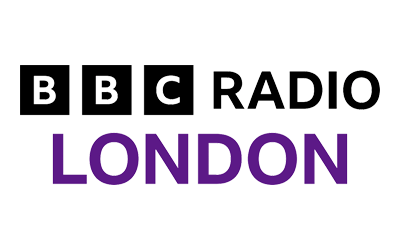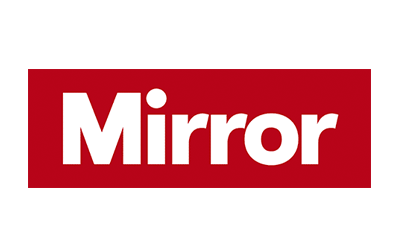According to the latest figures released by BAAPS, the British Association of Aesthetic Plastic Surgeons, facelifts remain one of the UK’s most popular cosmetic surgery procedures for both men and women.
However, as Mr Alex Karidis explains, understanding the nuances between male and female facelifts is essential for achieving optimal results. “There isn’t a one-size-fits-all facelift, and technique alone does not guarantee a great result. We are all unique, with different anatomy, tissue characteristics and ageing concerns. The experience, skill, eye, safety record, and assessment of the surgeon are critical.”
What is a facelift procedure?
A facelift, technically known as a rhytidectomy, aims to rejuvenate the face and address various ageing concerns. It is performed under a general anaesthetic and typically takes two to three hours. More extensive correction can take longer.
As we age, the soft tissue structures of the face start to descend, combined with some bone reabsorption. Generally, a facelift procedure addresses the deeper tissues of the face, lifting and repositioning them before removing surplus, sagging skin. Incisions are typically made behind and in front of the ears, through which Mr Alex Karidis can access the muscle and fat pads.
What is the difference between a male and female facelift?
Men and women seek facial rejuvenation for a range of reasons. Many feel that ageing changes have made them look tired or angry, which doesn’t reflect how they feel. Changes in society mean we are working longer, so it is vital to remain dynamic in the employment market. People in their 50s and 60s are likely to have experienced a significant life event, such as divorce, and wish to look younger and more attractive to boost their self-confidence.
You must have the right reasons for undergoing this transformative procedure and realistic expectations of what can be achieved. During your consultation, you must have an open and honest conversation with Mr Alex Karidis to ensure you have a treatment plan tailored to your specific needs. He will also ease any worries, answer your questions, and address concerns.
Anatomical differences
Male and female faces have distinct anatomical features, with variations in bone structure, muscle mass, and skin thickness, influencing how facelift procedures are approached.
Males typically have a stronger jawline, higher cheekbones, and a more prominent brow ridge than females. These differences necessitate tailored techniques during facelift surgery to achieve natural-looking results that complement each gender’s facial architecture.
Women tend to have weaker ligament structures, which are easier to manipulate. With male patients, Mr Alex Karidis is careful not to overly pull the skin or remove too much lax muscle, as this can result in a too-tight appearance.
Male skin is typically thicker, particularly on the lower face. It also tends to be more fibrous, making facial fat removal with liposuction more challenging. The male face is also usually more vascular compared to women’s.
Aesthetic differences
Beyond anatomical dissimilarities, males and females often have different aesthetic goals. While women may desire a softer, more contoured appearance focusing on smoother skin and refined features, men seek a rejuvenated look that preserves masculinity.
Facial hair
Another factor that sets male facelifts apart is the presence of facial hair. Surgeons must consider the location and density of hair growth when planning incisions and lifting techniques. Careful attention is required to ensure the procedure does not interfere with beard growth patterns or leave visible scars along the hairline.
In a female facelift, the incision typically passes behind the tragus of the ear to conceal the scar; in men, it must be positioned in front of the tragus so that hair-bearing skin is not drawn into the ear. It is also essential that incisions do not disrupt the hair follicles, causing excessive scarring where the hair cannot regrow.
Who is an ideal candidate for a facelift?
Ideal candidates for facelift surgery, regardless of gender, are individuals in good overall health, have realistic expectations, and are bothered by visible signs of ageing such as sagging skin, deep wrinkles, and loss of facial volume. Both men and women seeking a refreshed appearance can benefit from a customised facelift tailored to their needs.
The difference between male and female facelifts extends beyond mere anatomical dissimilarities. Mr Alex Karidis will deliver a bespoke treatment plan that addresses your specific ageing concerns while always ensuring a natural result.
If you have more facelift questions, book a consultation with Mr Alex Karidis; call us on 0207 432 8727 or email us on enquiries@karidis.co.uk.
















